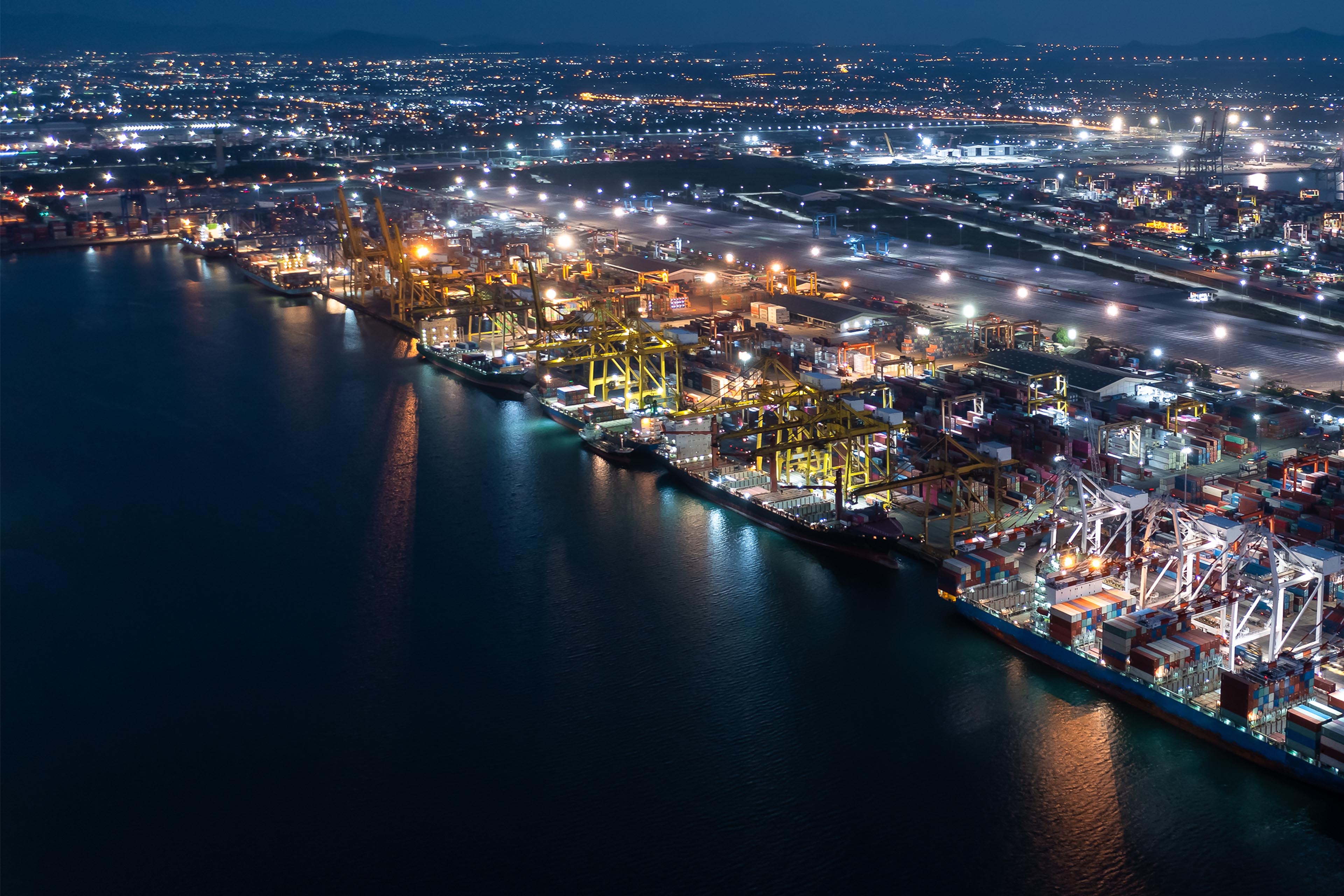Addressing regulatory, green taxation, and other complexities when managing risks and building supply chain resilience requires collaboration internally across business functions and externally across the full value chain.
Increased disclosure
Until recently, sustainable supply chains were a voluntary endeavor with multinationals greening their supplier networks to appeal to environmentally aware consumers and investors. Now, however, an uptick in regulation, green taxation, and transparency requirements means that polluting aspects and activities of supply chains either trigger potentially material taxes, levies and charges, require investment or need to be disclosed. In fact, if one focuses only on greenhouse gas (GHG) emissions pricing related regulations, there are over 70 carbon pricing initiatives in place globally2, such as domestic carbon taxes and the EU’s Carbon Border Adjustment Mechanism (CBAM), and more than 3,000 green taxes, levies and fees.
Meanwhile, jurisdictions are encouraging investments into more sustainable supply chains and materials through tax incentives, grants and financing opportunities, with more than 1,850 ESG tax incentives available globally, according to the latest quarterly EY Green Tax Tracker.
The European Parliament, for example, has recently adopted a wide range of sustainability regulations that will significantly impact organizations within the EU and outside the trading bloc. These include the CBAM, the EU Deforestation Regulation (EUDR), the EU Ecodesign for Sustainable Products Regulation (ESPR) and the EU Corporate Sustainability Due Diligence Directive (CS3D).
CBAM, which took effect in October 2023, effectively places a levy on imports of selective materials and products from the most carbon-intensive sectors such as cement, fertilizer, iron and steel, aluminum, electricity and hydrogen. CBAM’s impact is driven by several factors, including whether the exporting country has a carbon pricing regime with certain qualifying features, as well as the ability to contract directly for clean energy. CBAM is designed to address the risk of carbon leakage, which occurs when companies move production to countries with less stringent carbon policies or when locally made products are replaced with more carbon-intensive imports. It also is meant to encourage the setup of domestic carbon pricing regimes.
Meanwhile, EUDR covers specific cattle, cocoa, coffee, oil palm, rubber, soy, and wood products imported into, traded within, or exported from the EU. It aims to be sure that the production of these commodities hasn’t led to deforestation or forest degradation. It also checks that they were produced in compliance with local laws, including human rights, anti-corruption and tax, trade, and customs legislation. The regulation is effective from December 2024 and looks at land use change from December 2020.
The EU Ecodesign for Sustainable Products Regulation (ESPR) is a part of the Circular Economy Action Plan and is considered one of the most transformational and disruptive pieces of the EU Green Deal package. It promotes product sustainability by imposing eco-design requirements on a wide range of products and sectors such as iron, steel, aluminum, textiles, chemicals, electronics products and similar goods. A key element of the ESPR is the Digital Product Passport (DPP), which requires digital reporting of comprehensive product information to stakeholders, facilitating environmental compliance management.
Human rights and environmental violations
Lastly, beginning in 2027, CS3D will aim to prevent and reduce human rights and environmental violations within an organization’s own operations, by subsidiaries, by upstream suppliers and by downstream suppliers in connection with the storage, distribution and transportation of goods.











